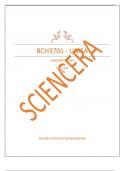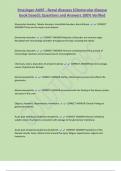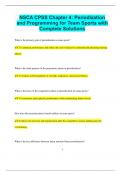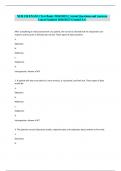Exam (elaborations)
Unlock Your Success: Comprehensive BCH3701 Exam Notes with Expert Answers for Guaranteed A+!
- Course
- BCH3701
- Institution
- University Of South Africa (Unisa)
Master BCH3701 with Confidence! Our all-inclusive exam notes provide you with the ultimate study resource, covering every crucial topic and concept. Say goodbye to exam stress as our expertly crafted answers equip you with the knowledge and strategies you need to secure that coveted A+. Maximize yo...
[Show more]












